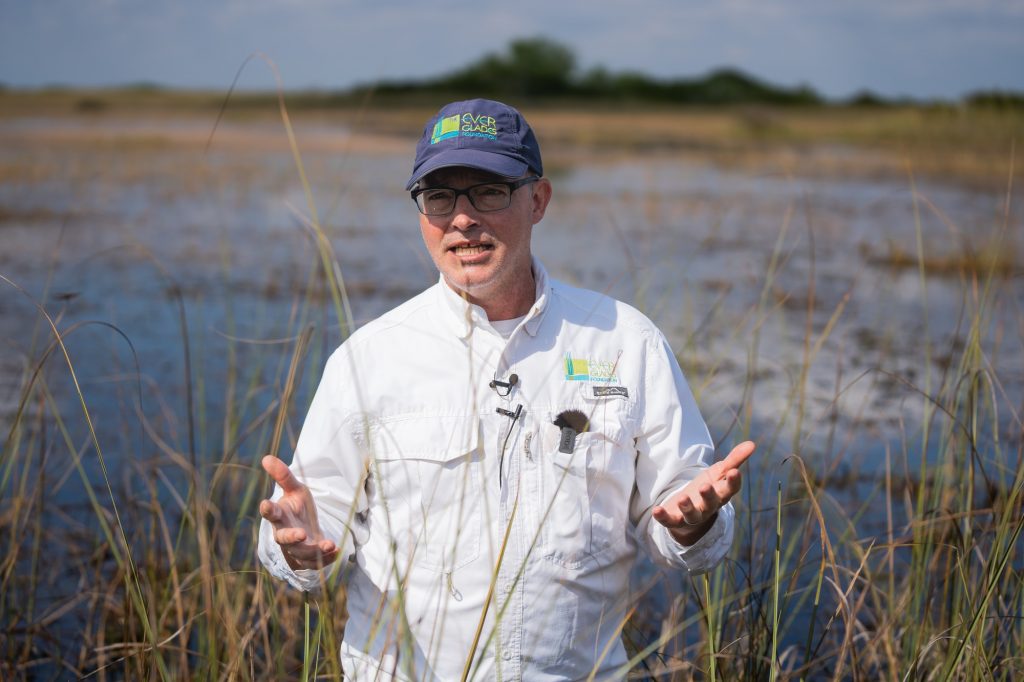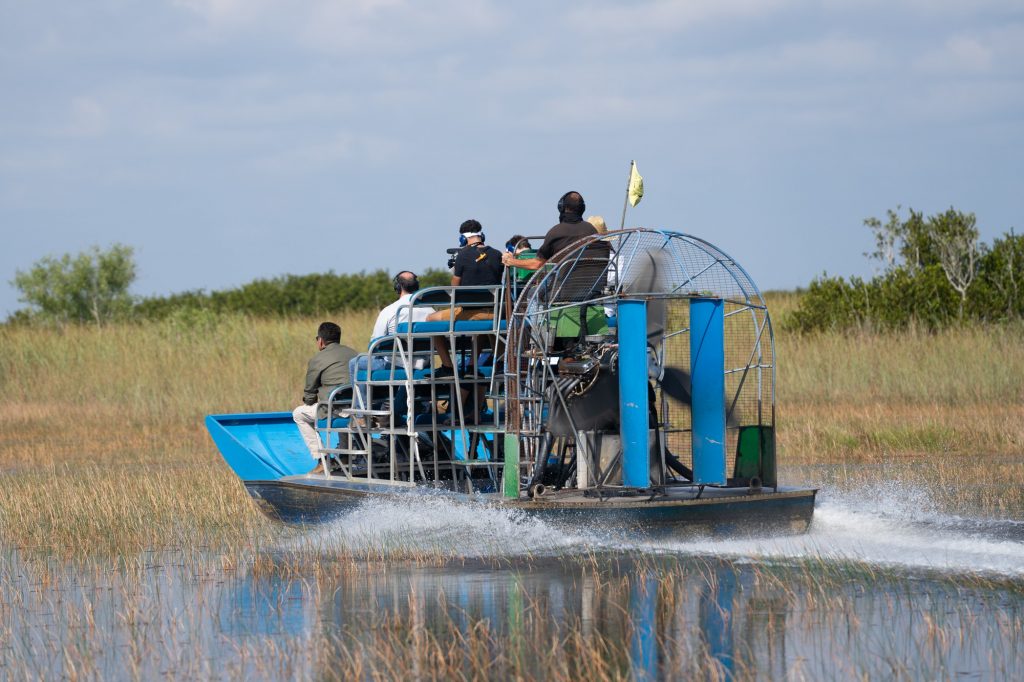
It is a calm day in the Everglades for the hundreds of species who know nothing of the billions spent to keep them there in a perfectly balanced water concentration and level.
Since the passing of the Comprehensive Everglades Restoration Plan (CERP) in 2000, the Everglades has become the largest ecological restoration effort in the world, receiving several billion-dollar infusions in pursuit of preserving the water quality and environmental health of the South Florida basin.
The latest addition to the restoration effort is the most prominent to date. A $4 billion endeavor, the Everglades Agricultural Area (EAA) reservoir will encompass a 10,500 acre reservoir and 6,500 acres of wetlands, otherwise known as the Stormwater Treatment Area (STA). Set for completion in 2030 and full implementation a few years later, the EAA will mark the conclusion of a thirty year endeavor to restore Florida’s natural water flow.
“Two decades of planning, two decades of planning, pushing and lifting and lobbying all to secure the funding needed to save and restore this amazing habitat,” Congresswoman Debbie Wasserman Schultz said during the EAA groundbreaking ceremony on Feb. 22.
The EAA will restore the connection between the river of grass and what Chief Scientist for the Everglades Foundation Dr. Steve Davis calls its “heart,” allowing water to flow from Lake Okeechobee in the north to the Florida Bay and Everglades. This natural flow of water was disrupted in the 1940’s to dry up land for agriculture and development in South Florida, resulting in the drainage of 50% of the Everglades.
The reservoir will hold up to 78 billion gallons of water, which when released south will nourish these dehydrated landscapes.
“It allows us a volume of water that we can draw from so that we can mirror, or mimic, that natural recession of water across the landscape,” Davis said.

This polluted water will be filtered through miles of wetlands before reaching the Everglades, with the hopes of purifying it of high quantities of phosphorus, the nutrient partially responsible for algal blooms and fish kills. These blooms have grown in severity near the Caloosahatchee and St. Louis river with a notably persistent bloom from 2017 to 2019 in Florida’s Gulf Coast. This 17 month algal bloom cost Florida’s Gulf Coast Counties over one billion dollars in lost profits, approximately half from the tourism industry.
The EAA initiative has won the support of many coastal stakeholder groups due to its potential to reduce these harmful algae-prone water flows to the east and west coast though the by 55%
Captains for Clean Water, an organization built by Southwest Florida fishermen, has been involved with the EAA since the passing of Senate Bill 10 in 2017 that allocated state funding towards the reservoir.
“This is a race to finish this project, to get clean water flowing south, get algae bloom out of our estuaries and our economy to be resilient,” Co-founder of Captains for Clean Water Daniel Andrews said.
The Everglades also has major ecosystem benefits for the Miami-Dade area. Acting as the primary freshwater source for 9 million people, the increase in water sent south will allow for continued freshwater access for the growing Southeast coast population. It will also work against the threat of saltwater intrusion by recharging the Biscayne aquifer, preventing rising seawater from seeping into the water table underneath Miami-Dade.
“Everglades restoration is the precondition for resilience here in South Florida,” the Everglades Foundations Ecosystem and Resilience Scientist Dr. Meenakshi Chabba said. “You get the water right, as Everglades restoration does, you’ll get the resilience right.”
Following the 18 foot storm surge that accompanied Hurricane Ian, there has been growing pressure to shield Miami from impacts of future inundating hurricanes. Most solutions focus on coastal protection, but the EAA offers a new possibility to better equip the state to respond to major flood and surge events. Once completed, the reservoir will have the ability to store tremendous amounts of water and redirect its flow as needed.
“It gives us the ability to store that water and release it strategically and create the right environment for open flood control, which will actually enhance any coastal storm risk management,” Chabba said.

The development marks a considerable step forward in bringing restoration projects out of the planning stage and into reality.
“It’s incredible to think that we’ve really only been making substantial progress since that first mile of bridging Tamiami Trail was completed in 2012,” Davis said. “These projects, they’re not additive in their effect, they’re multiplicative.”
On Jan. 10, 2023 Governor Ron DeSantis passed the “Achieving Even More Now for Florida’s Environment” executive order, that includes a $3.5 billion investment to the Everglades, building on the $2.5 billion allocated by a similar executive order four years earlier in 2019.
The Everglades Foundation, as well as Gov. DeSantis, have highlighted the EAA as one of the most substantial efforts to minimize algal blooms and subsequently plan to direct most of this new funding to their “crown jewel” of restoration.






